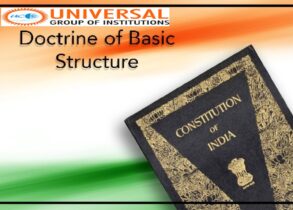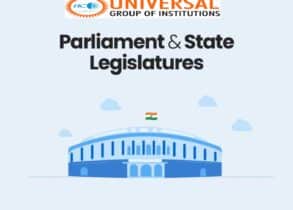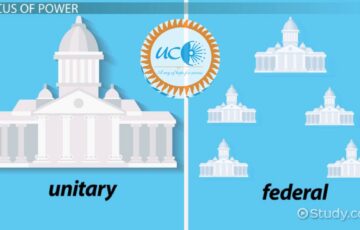Analyze the progress made by panchayath Raj institutions in the direction of democratic decentralization and grass-root level development.
The 73rd Constitutional Amendment Act, 1992 marked a new era in the democratic set up of the country as it created Panchayath Raj Institutions (PRIs) as tiers of self governance below the level of States in the federal set up. It is also a landmark in decentralized development as it envisions people’s participation in the process of planning, decision-making, implementation and delivery.
The main features of the Act are:
- Constitution of panchayats at village, intermediate (block) and district level; however, panchayats at the intermediate level may not be constituted in a State having a population not exceeding twenty lakh.
- Regular elections to Panchayats.
- Reservation of seats for Scheduled Castes / Scheduled Tribes and Women (33%).
- Setting up of an independent State Finance Commission for strengthening finances of local bodies at all levels.
- Constitution of an independent State Election Commission to hold PRIs elections on a regular basis.
- Legal status to Gram Sabhas.
Panchayath raj institutions and democratic decentralization
The status of PRIs,which is important in democratic decentralization can be reviewed in terms of following parameters:
(i) Conduct of Panchayat elections;
(ii) Devolution of Financial Powers;
(iii) Devolution of Functions and Functionaries;
(iv) Constitution of District Planning Committees (DPCs);
(v) Status of Gram Sabha;
Panchayath raj institutions for grass-root level development
The Balwant Rai Mehta committee recommended a three tier Panchayati Raj system which includes:
- Zilla parishad at district level
- Panchayat samiti at Block/Taluk level
- Gram Panchayat at the village level
This decentralized approach helps to implement developmental programs in the grass root level more efficiently and effectively.
In addition, it encouraged the development of Gram Panchayat Development programmes which encourage region specific development, encourages social audits in key programmes like MGNREGA, NRLM etc.
Evaluation:
- PRI has succeeded in creating another layer of government and political representation at the grass-roots level, it has failed to provide better governance.
- Various states have also provided the statutory safeguards for many devolution provisions, which have considerably empowered local governments. Etc.
Suggestions:
- Genuine fiscal federalism i.e. fiscal autonomy accompanied by fiscal responsibility can provide a long term solution without these PRIs will only be an expensive failure.
- The 6th report of 2nd ARC, ‘Local Governance- An inspiring journey into the future’’, had recommended that there should be a clear-cut demarcation of functions of each tier of the government.
- States should adopt the concept of ‘activity mapping’, wherein each state clearly delineates the responsibilities and roles for the different tiers of the government in respect to the subjects listed in the Schedule XI.
- There is need for bottom up planning especially at the district level, based on grassroots inputs received from Gram Sabha.
Way Forward:
- The need of the hour is to bring about a holistic change in the lives of beneficiaries among the villagers by uplifting their socioeconomic and health status through effective linkages through community, governmental and other developmental agencies.
- Government should take remedial action in the interest of democracy, social inclusion and cooperative federalism.
- It is important to have clarity in the assignment of functions and the local governments should have clear and independent sources of finance.









